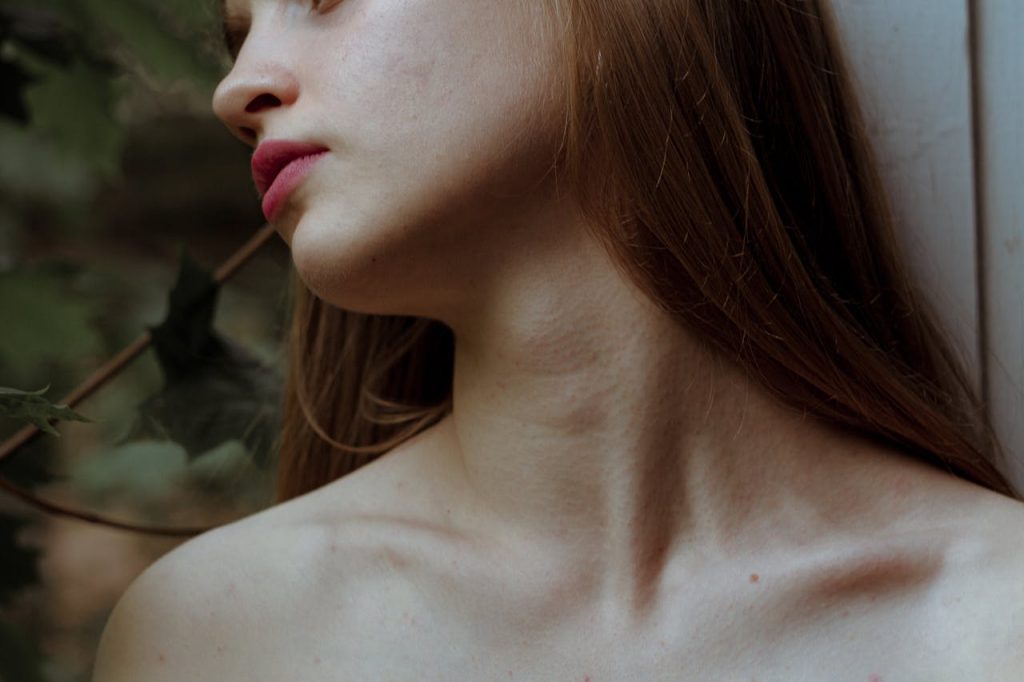Most people assume a sharp, contoured jawline comes from genetics, weight loss, or filler. But in reality, one of the biggest contributors to the “sleek jawline” trend is something far more specific: targeted reduction of the masseter muscle — the muscle responsible for jaw clenching and facial width.
In recent years, aesthetic clinics have reported a significant increase in patients seeking treatments to slim the lower face, driven by the rise of high-definition selfies, video calls, and a strong preference for a more sculpted look.
It’s estimated that nearly 40% of individuals who pursue jawline enhancement do not actually need filler; instead, they benefit more from reducing the muscle bulk that makes the lower face appear square or heavy. This is where masseter treatment has become a quiet but powerful tool.
Many people who appear to have a naturally refined jawline have actually achieved it through careful adjustment of the masseter muscle — not through implants or surgical intervention. And because the results develop gradually over several weeks, the transformation looks subtle and natural, making it one of the most discreet aesthetic procedures available today.
How Masseter Botox Works Behind the Scenes of a Defined Jawline?
Masseter Botox is one of the core reasons behind the sleek jawlines seen in today’s aesthetic trends. Although many associate Botox only with smoothing forehead lines, its role in facial reshaping is far more significant. The masseter muscle — located at the back of the jaw — becomes enlarged in many individuals due to habitual teeth grinding, clenching, or jaw tension.
- When the masseter muscle becomes enlarged, it makes the lower face appear wider, squarer, and bulkier.
- Botox injections weaken the masseter just enough for it to shrink gradually over several weeks.
- As the muscle reduces in size, the jawline becomes slimmer and more tapered.
- The treatment does not significantly affect facial expression or normal movement.
- Jawline filler adds definition and structure, while masseter Botox reduces unwanted width.
That’s why many experienced practitioners evaluate the masseter first before recommending filler: if someone already has a strong or overly active masseter, adding filler can make the jaw look even bulkier. Patients who combine both often achieve a more refined angle — but only if the injector knows how to balance structure with muscle reduction. This treatment is also commonly used for people who suffer from jaw tension, headaches, or nighttime grinding, offering both aesthetic and therapeutic benefits.
Understanding Your Jawline: Muscle vs Structure
Jawline aesthetics are not one-size-fits-all, which is why the most successful results come from understanding whether the issue is related to muscle, bone, fat, or skin.
Many people believe they need jawline filler for sharp definition, when in reality the masseter muscle is what’s creating unwanted width. Others have the opposite problem: they have a naturally slim face but lack projection along the jaw or chin. Before choosing any treatment, the first step is determining what your specific facial structure needs.
This is typically done through a detailed assessment where the injector evaluates masseter strength, lower-face fat distribution, chin alignment, and the overall angle of the jaw. For example, someone with a naturally strong bone structure but bulky masseters will achieve dramatic improvement from masseter Botox alone. Someone with weak bone structure and minimal lower-face definition may benefit more from fillers along the jawline and chin.
And individuals with both issues — heavy muscle and lack of structure — require a combination plan. Differentiating between these categories prevents over-filling, unnatural results, or excessive slimming. In modern aesthetics, the goal is balance, not simply narrowing or enlarging. Understanding your baseline anatomy ensures the treatment enhances — not changes — your natural look.
What the Treatment Session Looks Like from Start to Finish?
- Step 1: Facial Analysis
The injector evaluates muscle strength, bone structure, and overall facial symmetry. - Step 2: Masseter Visibility Check
You are asked to clench your teeth so the masseter muscle becomes more visible and its size/activity can be assessed. - Step 3: Injection Point Planning
Based on the muscle assessment, the injector identifies the exact points for safe and even injections. - Step 4: Minimal Numbing (If Needed)
Most patients don’t require numbing, but topical numbing can be used for extra comfort. - Step 5: Botox Injection
The injector places small amounts of Botox into two or three strategic points on each masseter muscle. - Step 6: (If Applicable) Jawline Filler Mapping
For combination treatments, the jawline is mapped, angles are marked, and the correct filler density is chosen. - Step 7: Filler Injection (If Included)
Filler is placed along the jawline or chin to add structure and create definition. - Step 8: Symmetry Check
The injector reviews your jawline from multiple angles to ensure both sides look balanced. - Step 9: Aftercare Instructions
You can resume normal activities immediately, but strenuous exercise is usually avoided for 24 hours. - Step 10: Results Development
- Masseter reduction: gradual results over 4–6 weeks
- Filler: immediate definition

